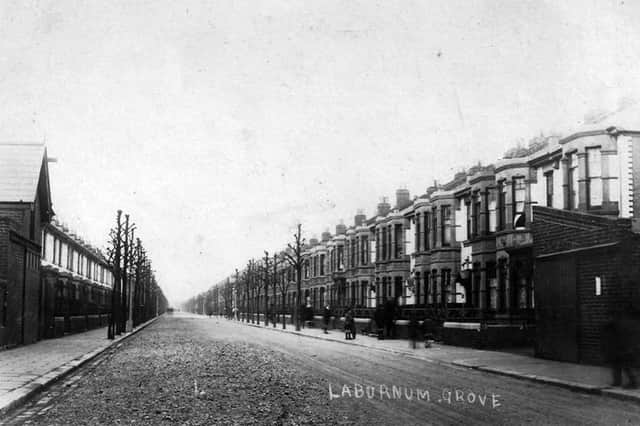Ever wondered why this distinctive city street was nicknamed Lavatory Lane? | Nostalgia


It’s Laburnum Grove at North End, also known rather quaintly as Lavatory Lane or Brass Button Alley .
And you may have wondered why many of the houses in this street are faced with a white glazed brick.
Advertisement
Hide AdAdvertisement
Hide AdWell, they were left over from the building of The Blackwall Tunnel in London in 1896 and bought by local builder Peter Briggs for a farthing each… hence the Lavatory Lane nickname.
A message from the editor, Mark Waldron.
You can subscribe here for unlimited access to our online coverage, including Pompey, for 26p a day.
Comment Guidelines
National World encourages reader discussion on our stories. User feedback, insights and back-and-forth exchanges add a rich layer of context to reporting. Please review our Community Guidelines before commenting.